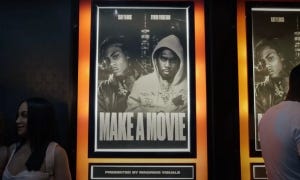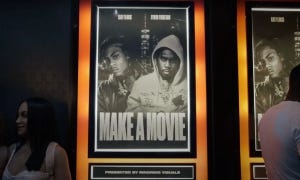New Fictions: Remote Control
“Is This A Film?”
The natural place for any story to start is the beginning. In the case of Justin Bieber, let’s rewind from the current moment of facial paralysis. Let’s skip past Hailey Baldwin and Selena Gomez, past the paparazzi and #CutForBieber, past the Christmas album and the pre-Monster Future collaboration. Let’s …
Keep reading with a 7-day free trial
Subscribe to Cinema Year Zero to keep reading this post and get 7 days of free access to the full post archives.





